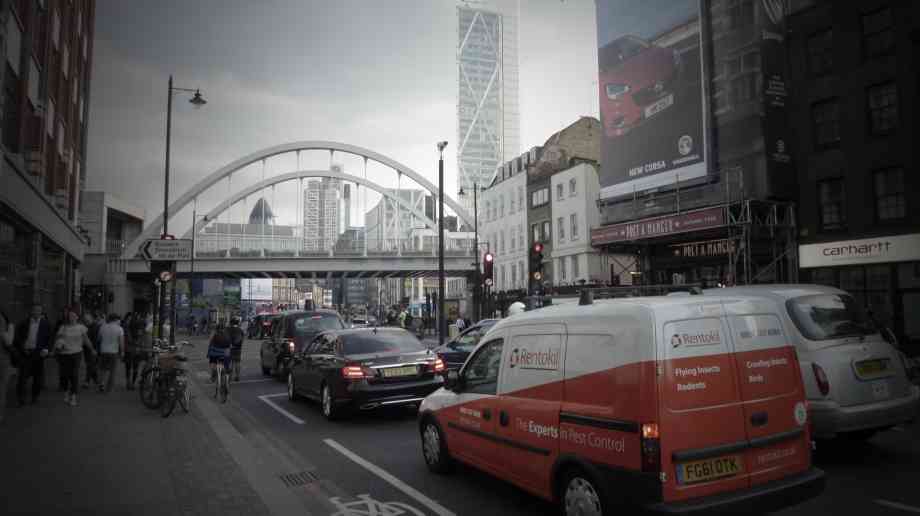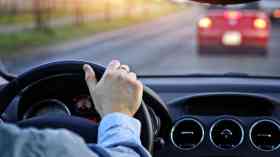Sue Robb of 4Children talks to Julie Laughton and Alison Britton from the Department for Education about the role of childminders in delivering the 30 hours free entitlement.
Public transport switch could block up roads

New research has warned that a million more cars could be on roads in England and Wales each day if public transport commuters with cars switch to driving.
Current government guidelines suggest that the public should continue avoiding the use of buses, trams and trains, and instead to walk and cycle, or drive if necessary. Some estimates suggest that public transport capacity will be cut to a sixth or less of its former rate to accommodate physical distancing measures.
Rachel Aldred, a professor of transport at Westminster University’s active travel academy, says that her research shows that unless local authorities make it significantly easier and more pleasant to cycle to work safely, the percentage of people who drive to work will increase from 60 per cent to 70 per cent, meaning an estimated 1.06 million more cars on the road.
Concerning active travel, the analysis also found that with rapid changes to road layouts and new policies to make walking and cycling safer and more attractive, up to half of all public transport journeys – those of 10km (6.2 miles) or less – could be made by bike or on foot, resulting in up to two million more active journeys than before the pandemic.
The government recently announced that cyclists will have safer journeys thanks to new laws coming into force from 22 June.
Meanwhile, six out of ten parents are worried about increased levels of traffic when lockdown is lifted, findings which prompted ten NGOs to call on councils to make walking and cycling safer for children when they travel to and from school.
Company Focus
Located in Bromley, Japanese Knotweed Eradication Ltd has been providing solutions in the treatment and removal of Japanese Knotweed (Fallopia Japonica) for over a decade. During this time we have mastered a repertoire of methods, from herbicidal treatments to landscaping solutions, tailored to address the unique challenges our clients face with this pervasive weed.
Event Diary
UKREiiF has quickly become a must-attend in the industry calendar for Government departments and local authorities.
The multi-award-winning UK Construction Week (UKCW), is the UK’s biggest trade event for the built environment that connects the whole supply chain to be the catalyst for growth and positive change in the industry.
Supplier Profiles
Geo Energy
At GeoEnergy Design, we're on a mission to disrupt the traditional way heating and cooling ha
Latest Features
Professor Harith Alani, director of the Knowledge Management Institute at the Open University explains how AI can be used for good and bad.
Alex Lawrence, head of health & social care, techUK sets out techUK’s Five Point Plan for CareTech.

















